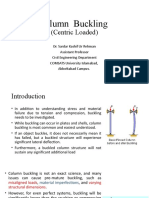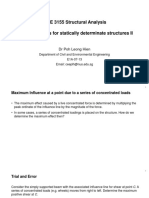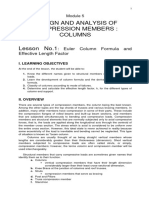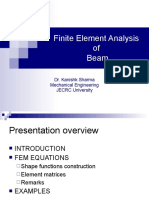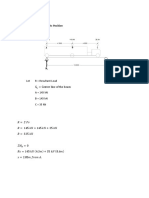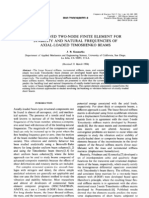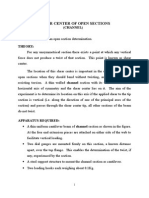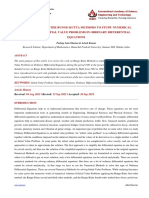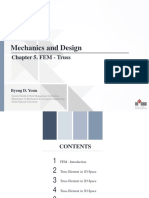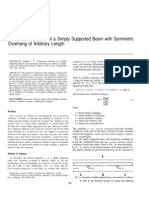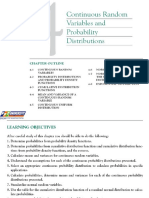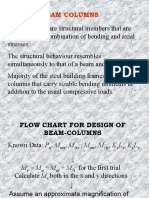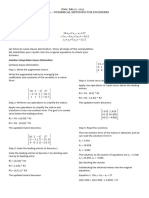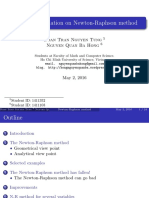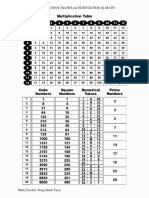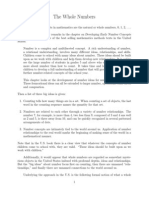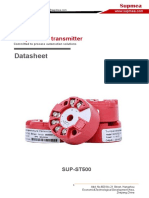0% found this document useful (0 votes)
547 views25 pagesNewton Method
Newton's method is an iterative method for finding successively better approximations to the roots (or zeroes) of a real-valued function. Given a function and its derivative, Newton's method uses the function's tangent line to find a better approximation with each iteration. The method converges remarkably quickly if the initial guess is close to the root. However, it may fail to converge or produce incorrect results if the starting point is too far from the root or if the derivative is discontinuous or zero at the root.
Uploaded by
Thích Toán HọcCopyright
© Attribution Non-Commercial (BY-NC)
We take content rights seriously. If you suspect this is your content, claim it here.
Available Formats
Download as DOC, PDF, TXT or read online on Scribd
0% found this document useful (0 votes)
547 views25 pagesNewton Method
Newton's method is an iterative method for finding successively better approximations to the roots (or zeroes) of a real-valued function. Given a function and its derivative, Newton's method uses the function's tangent line to find a better approximation with each iteration. The method converges remarkably quickly if the initial guess is close to the root. However, it may fail to converge or produce incorrect results if the starting point is too far from the root or if the derivative is discontinuous or zero at the root.
Uploaded by
Thích Toán HọcCopyright
© Attribution Non-Commercial (BY-NC)
We take content rights seriously. If you suspect this is your content, claim it here.
Available Formats
Download as DOC, PDF, TXT or read online on Scribd
/ 25

